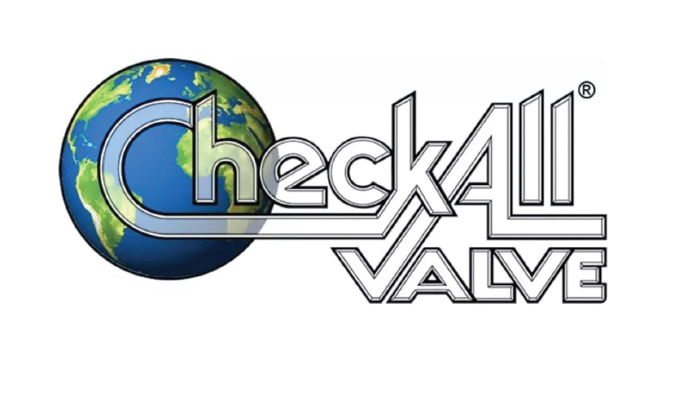As pump operators know, valve sizing works on the Goldilocks principle—neither too large nor too small, but just right. On a recent episode of MPT’s podcast, The Efficiency Point, Brian Strait, Check-All Valve’s business development and marketing manager, explained the value of proper valve sizing and how to stave off the damage of water hammer. An excerpt of the conversation is below.
MPT: How important is correct valve sizing for a piping application?
Brian Strait: Valve sizing is very important when it comes to having a valve that works properly for a long period of time. Oftentimes, there are applications where maybe a valve is improperly sized and then you have downtime—paying mechanics to come and fix the problem, plumbing people, things like that.
MPT: What could be some of the consequences if valves are oversized for the operating conditions?
Brian Strait: If valves are oversized, they can have their check mechanism do what is called “rattle” or “chatter.” When the check mechanism rattles or chatters, first of all, it creates a noise, a rattling sound, but it also can wear out the check mechanism as a whole. That can cause premature valve failure, which in turn requires valve replacement. So this is a cascading problem in the entire system.
MPT: And is that different from if a valve is undersized? How does that affect the system?
Brian Strait: Undersizing is different, for sure. When you undersize a valve, the valve will fully open. But it might not do what they call “choke the flow,” meaning flow coming into the valve. The valve opens, but it doesn’t allow enough flow to go downstream. That creates a pressure back upstream, which can cause other issues like pumps not working properly or things like that. So you get a backflow problem going into the pump and that could that affect the seals and that affects the flow of the years. It affects pretty much the whole system.
MPT: How would you advise people in ensuring that they get an accurate size on their valves?
Brian Strait: Sizing on check valves is a bit different than sizing on, let’s say, control valves or actuated balance control valves. In actuated valves, they have a mechanism that operates the checking part through either hydraulics, electronics, or maybe a lever or a handle so they can often make that check mechanism open and close to a certain point manually or through some other variable spring-loaded check valve.
On the other hand, the valves like we manufacture require the media to open and close the valve. So having proper spring selection is actually as important, or even more important, than the actual size of the valve, although they still call that belt sizing.
MPT: Does Check-All specialize in check valves? How would you describe your product line?
Brian Strait: We actually specialize in spring-loaded, poppet-style check valves, and that is our entire line—very focused on that product line. We offer the widest range of spring settings, or what the industry knows as spring cracking pressures, that’s available in the industry. We literally offer thousands of different settings.
FOR MORE INFORMATION
To listen to an extended version of this interview, be sure to subscribe to MPT’s podcast, The Efficiency Point.


